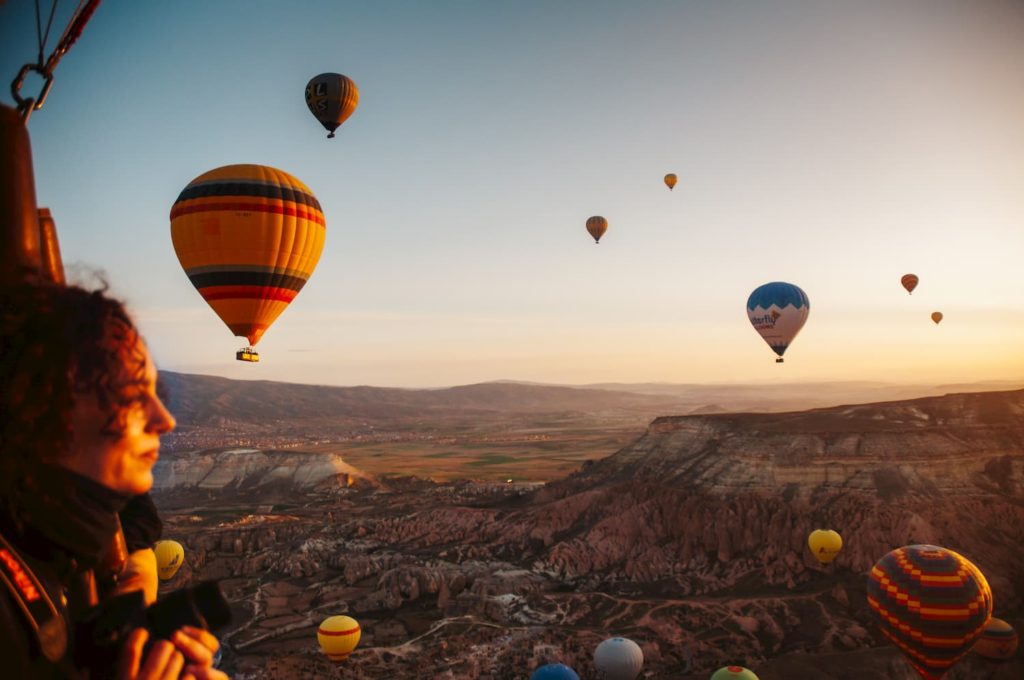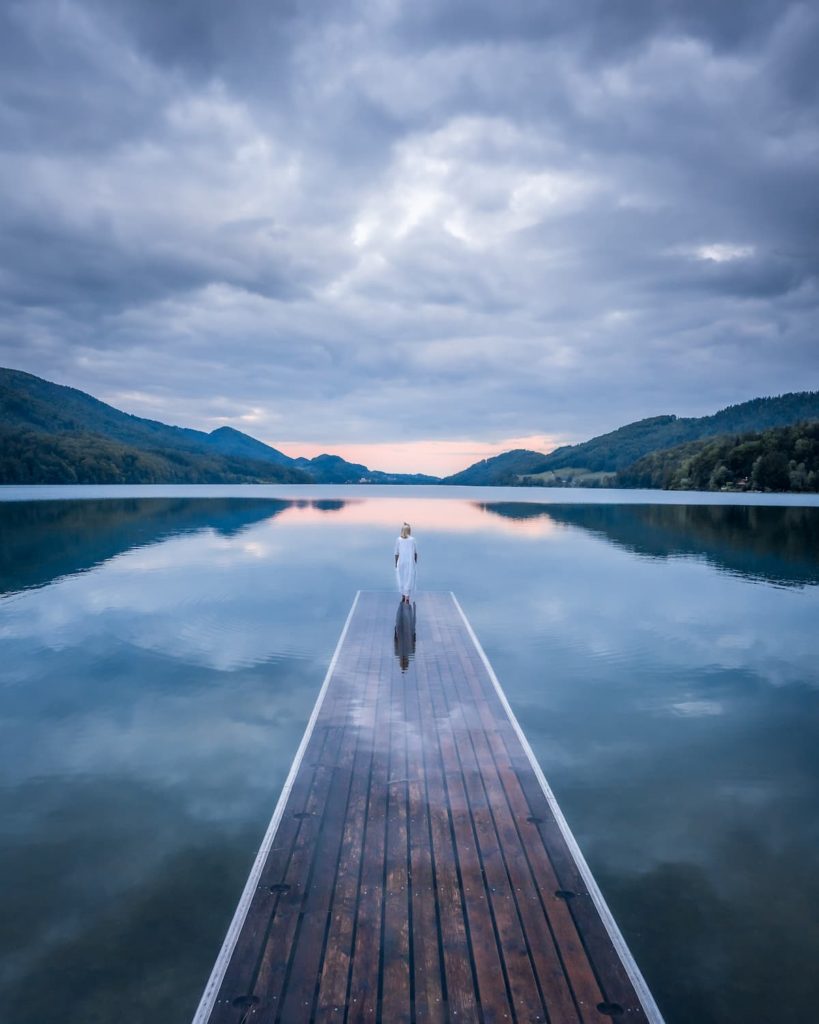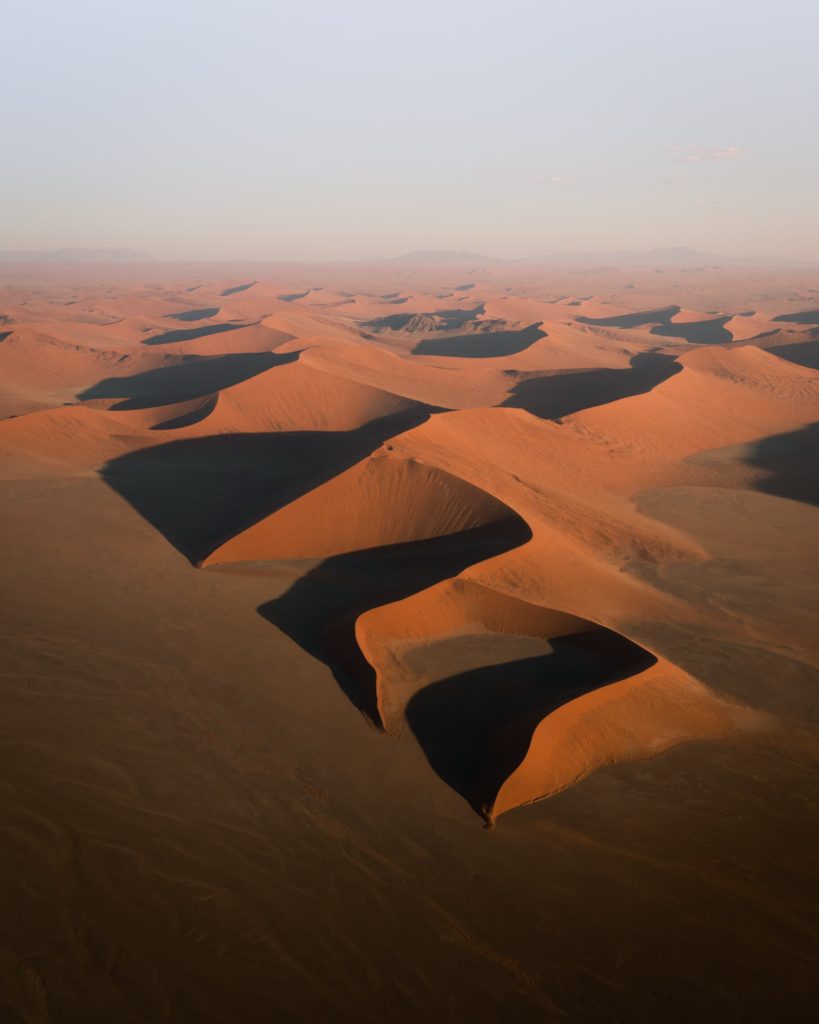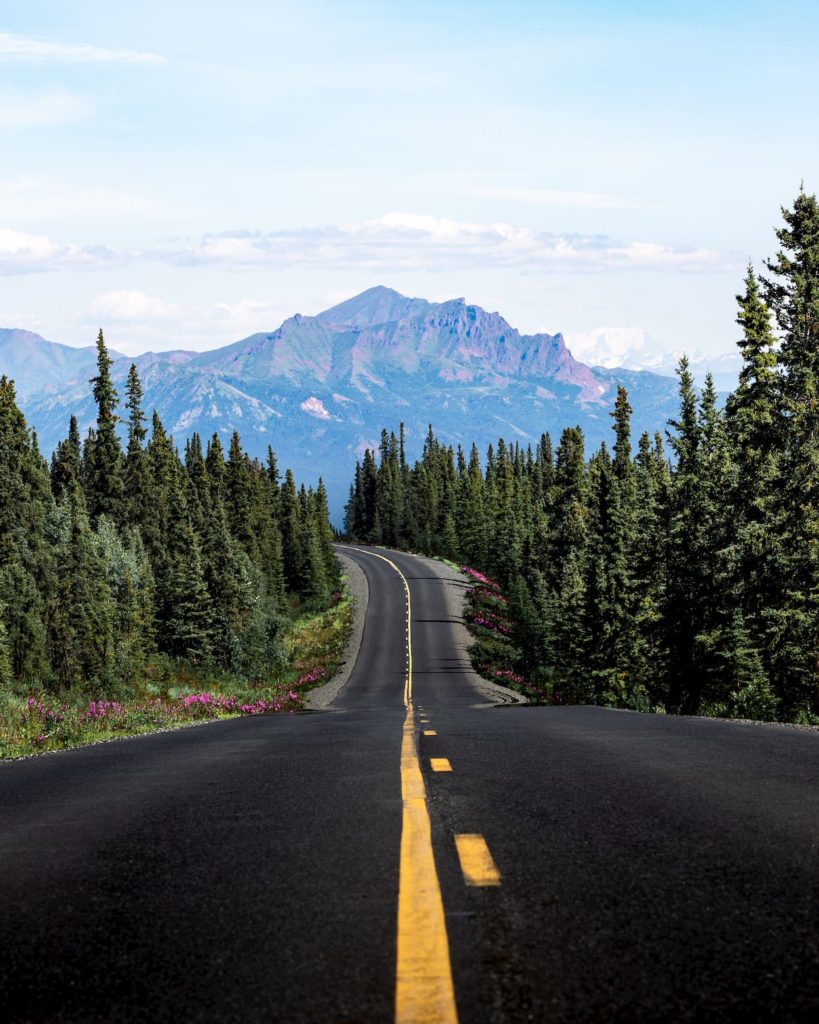
Lana Tannir
@lanatannirphoto
Landscape and wildlife photographer based in Germany
My passion for storytelling developed at a young age. As a teenager, I initially focused on filmmaking, creating my first short film at sixteen. After winning several awards in the youth category in the United Kingdom, I decided that this was the career I wanted to pursue. At eighteen, I moved to New York to study film and TV production at New York University’s Tisch School of the Arts.
"After several years of working in the film industry, I began to seek a deeper meaning in storytelling."
I always had a strong connection with and compassion towards animals of all kinds. Learning about them, observing them, and rescuing them when they were injured were my primary occupations. Nature and wildlife photography fulfilled my desire to tell stories with meaning; to engage in conservation initiatives that strive to protect our precious planet and its inhabitants.
My aim is to highlight the beauty and fascination of distinct species in a compassionate and authentic way. I was heavily bullied during my time in school, and having felt powerless and suppressed in the past, I particularly relate to wildlife that is currently in a vulnerable and threatened state. Therefore, I use my art as a voice for the voiceless. I hope to inspire others to appreciate our natural world and take action to protect it.
My experiences in the past also influenced my desire to escape, and explore distant corners of our globe. To find beauty in the simple and natural surroundings. And ultimately, to create a different reality for myself.
"As an avid dreamer, I strive to inspire others and allow them to escape with me through my storytelling."
Being able to tell stories from distant corners of the world via my travels helps me to share moments in nature and wildlife encounters with others. I believe that as a humanity, we can only care for the things we know and understand. Therefore, through my trips, I hope to bring the spirit of a destination and its wild inhabitants to a broader audience.
A sensitivity and compassion for our natural world has been ingrained in me ever since I was a child. Growing up in the countryside, I was able to experience the beauty of Germany’s forests, mountains and waterfalls, and observe the local wildlife firsthand. This incited a curiosity to educate myself further about the biodiversity I witnessed and experienced. The more I learned, the more aware I became of the manmade injustices that are currently being imposed on our planet.
"Having recently embarked on a second Bachelor in Biodiversity and Ecology, these presumptions were only fortified."
We are approaching a sixth mass extinction, as species become extinct on a daily basis. Glaciers are melting at an unfathomable rate, causing a loss of habitat for wildlife and native communities alike. Oceans are acidifying, while marine mammals are suffering the effects of plastic pollution. Deforestation is causing landslides, while the burning of rainforests is degrading biodiversity and emitting great amounts of CO2 into the atmosphere.
"For me, observing all of this and doing nothing is not an option."
My photography aims to highlight a fraction of these issues. Images are conversation-starters and eye-openers, which help to shine a light on a particular issue. By documenting a problem at hand, I aim to make scientific research accessible to the general public. Audiences are invited to connect to a topic on an emotional level, rather than being presented with dreary facts. One could say that visual art is the “middleman” between science and public understanding.
"Hence, if I manage to change the perception of even a small group of individuals using my photographs, I consider this a success."
I feel fortunate to share my work through my involvement in various organizations, such as @natgeo_serbia, @terramatermag and @world_animal_protection_uk. It has taken me seven years to be published in National Geographic Serbia and ten years for my first publication in Terra Mater Magazine. The amount of hard work that goes into becoming involved with editorials and organizations of this caliber is immense. Yet, it is equally rewarding when a collaboration as such bears fruit!
"My primary role for Terra Mater Magazine and National Geographic Serbia is as a contributing photographer."
My involvement with National Geographic Serbia began in 2013. I was approached about a project I had photographed about icebergs in Iceland, at a time when Iceland had not been a common tourist destination. Following this first collaboration, I published several other stories about my adventures in Mongolia and northern Norway. The contribution towards Terra Mater Magazine only started in 2020. Most recently, my photograph of northern Gannets was published in Terra Mater’s January 2021 edition.
As an ambassador for World Animal Protection UK, I use my communication platforms to help spread campaigns for the organization and raise awareness about their conservation efforts. Most recently, we did a campaign to end global wildlife trade, in which World Animal Protection collected more than one million signatures for a petition that was presented to Boris Johnson.
My work with organizations, such as World Animal Protection has taught me a lot about the ethics of wildlife photography. When photographing wildlife, some key aspects to consider are the well-being and safety of the animal that is being photographed. The majority of wildlife is struggling to survive on a daily basis – from finding food and shelter, to raising their young and avoiding predators. Therefore, even the smallest disturbance or change in their environment can have a great impact on their chances of survival. As a conservationist, my approach is to reduce disturbance and retain an animal’s environment in its original state. Several do’s and don’ts include:
Dont's:
• Never bait wildlife to change their territorial and hunting habits. This one is very important, as baiting can lead to unnecessary territorial conflicts, the spread of diseases, acclimation to humans, and ultimately, a great risk of death.
• Never disturb wildlife or influence their behavior. For example, by calling them, running after them or touching them.
Do:
• Leave your surroundings as you find them. This includes collecting your own trash, never modifying a landscape by breaking off branches to get to a nest or exposing burrows, etc.
• Research about the wildlife you are photographing. This allows you to understand how to approach wildlife correctly and when the animal feels threatened or alarmed.
"Putting the well-being of an animal above a photograph is the most important aspect of ethical wildlife photography."
The above mentioned points may sound obvious to you, but you’d be surprised how often people are not living up to these basic “rules.” I always emphasize that during my workshops too, of course, and besides I primarily focus on developing the technical and creative skills required to capture a powerful photograph and incite emotion. Throughout my workshops, I predominantly focus on the practical application of theoretical lessons. In my experience, learning by doing is one of the most effective ways to advance in photography. Coupled with valuable and actionable feedback, I aim to work closely with each group member to acknowledge their strengths and find areas of improvement. Thereby, every individual goes home with a concrete idea of what to work on.
"Thereby, every individual goes home with a concrete idea of what to work on."
When hosting workshops, I always find pleasure in meeting new photographers and building a community of people with the same passion and interests. All of my participants bring their individual experience and outlook on photography, which encourages knowledge-transfer within the group. Frequently, I also learn something new by conducting a workshop. Ultimately, one could say that teaching helps me to become a better photographer, as well.
"Personally, I believe it is important to keep challenging yourself and learn from others to develop as an artist."
For me, such a moment of personal growth was in October 2019, when I spent twenty days on whale watching vessels in northern Norway, documenting sustainable tourism and ethical whale watching practices that have pioneered the industry. Photographing on a cramped and unsteady deck with strong winds, sub-zero temperatures and wet conditions was a challenge. Every small movement of the boat adjusted my horizon when shooting with a long lens. Additionally, as Orcas and Humpbacks only emerge for air for a brisk moment, my time frame to capture them was reduced to a split second. As a photographer, a lot of guess-work, prediction and foresight was involved to depict these moments impactfully and powerfully.
"Having no prior experience with Orcas and Humpbacks, I had to acquire a lot of knowledge about these beautiful marine mammals and develop techniques to predict their behaviors."
My experience photographing humpbacks and orcas has only fortified my love for the Arctic. Ever since setting foot in this region in 2012, I have felt fortunate to discover its hidden treasures. The Arctic offers a vast multitude of landscapes: luminescent turquoise glaciers, white mountains, icy tundras, snow-capped trees, starry nights with Northern Lights, and breathtaking fjords. Encounters with unique wildlife make the region all-the-more special.
What particularly fascinates me about the Arctic is that it simultaneously represents fragility, grace and resilience. Here, the most striking beauty arises under the most extreme conditions. Survival is truly difficult in hostile conditions and extreme temperatures. And yet, breathtaking species inhabit the Arctic and have thrived on the ice using the most fascinating survival techniques.
I find myself being present when I am in the Arctic: focusing on the moment, absorbing my surroundings, feeling at peace in the silence that surrounds me. I believe we all look for a small corner in the world that allows us to just simply be.
"The Arctic is such a place for me."
To me, the greatest growth happens outside of one’s comfort zone. While the latter may sound a little bit cliché, being immersed into challenging and unfamiliar situations has brought about the greatest personal and professional developments for me.
Would you like content like this sent to your inbox?
MUST READ STORIES OF OCTOBER
MUST READ STORIES OF SEPTEMBER
MUST READ STORIES OF AUGUST
MUST READ STORIES OF JULY
MUST READ STORIES OF JUNE
MUST READ STORIES OF MAY
NOMADICT
ART GALLERY
THE LATEST STORIES
WRITEN WITH PASSION TO INSPIRE YOU

Tom Fähndrich (@tofenpics): Best of the Week 47 at #nomadict
Tom shares the journey behind his winning photography, from a passion for exploration and remote places to field lessons, composition choices, and color grading.

Photo tour in the Faroe Islands
Join us in the Faroe Islands for a unique photo tour, where you’ll elevate your creative skills with expert guidance from Ronald Soethje and Nomadict.

Photo tour in Azores, Portugal
Join us in the Azores for a unique photo tour, where you’ll elevate your creative skills with expert guidance from Ronald Soethje, Bruno Ázera, and Nomadict.

Forest Kai (@forest1kai): Photographer based in the US
In this article, Forest shares how years of chasing scale, silence, and raw landscapes shaped his approach to photography, from the deserts of Kazakhstan to the volcanic ridges of Iceland. He talks about how he uses light, texture, and vast negative space to create images that feel both intimate and overwhelming.

Simon Hechtbauer (@roamwithsimon): Best of the Week 32 at #nomadict
Simon shares the journey behind his photography, from early inspirations to field techniques, editing, and the story of the winning shot that shaped his path.

Miroslav Maršík (@miromarsik): Photographer based in Czech Republic
In this article, Miro shares how his love for cinematic music evolved into a deep passion for photography and how he uses light, color, and atmosphere to turn the streets of Prague into living film scenes.

Aurora photography panorama workflow: A guide to camera settings, editing, and color
In this article, Stefanie reveals how her background in physics sparked her passion for astrophotography and how she blends science with creativity to capture the beauty of the night sky. Readers will discover her approach to color, contrast, and editing, as well as her aurora photography workflow.
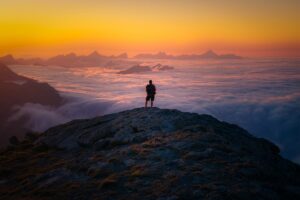
Yhabril (@yhabril): Best of the Week 33 at #nomadict
Spanish photographer Yhabril captures the profound connection between humans and the mountains that shaped him. Growing up in the Pyrenees, his work bridges outdoor sports, landscapes, and celestial scenes — often blending athletes, moonlight, and wilderness into striking visual stories.











